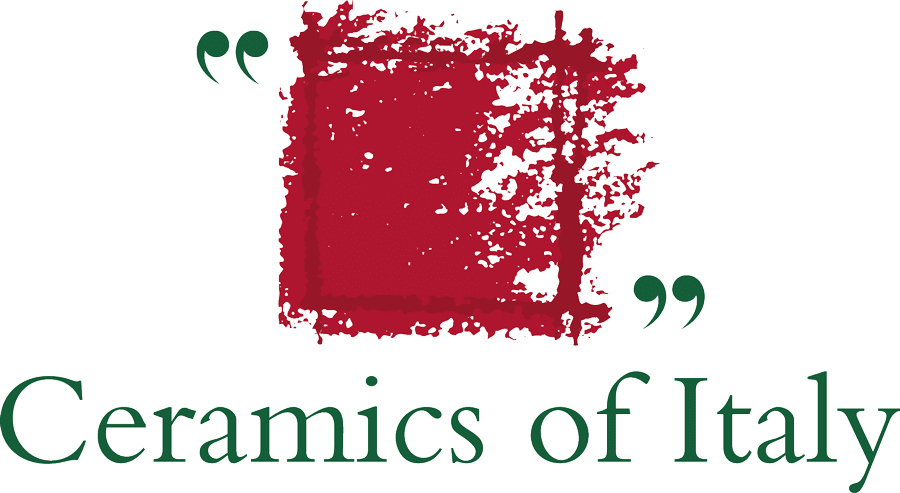This article looks at the renovation of a 1960s building in Vergaio, a neighbourhood on the western outskirts of the Tuscan town of Prato. “The client’s initial request was ‘Surprise me!’ We realised they wanted to revolutionise their old family home and transform it into the house of their dreams,” explain the architects from Bettazzi+Percoco architetti, who were tasked with the renovation project. “The idea was to eliminate the rigid floor plan of this type of building, replacing the various rooms and corridors with bright open-plan spaces.” The 278-square-metre renovation project focused in particular on the choice of floor covering materials, which, as is often the case, define the spaces and their interrelationships. “We chose Opificio 22/A from Panaria Ceramica because it is a complete collection, featuring tiles of the same kind but with characteristics tailored specifically to use in interiors and exteriors. It also includes decorative elements such as cement tiles for the kitchen with the same background design as the floor tiles. Aesthetics were another important consideration, as the tiles have an almost antique concrete effect that provides a contemporary touch.” The Calce version (90×90 cm size) chosen for the living area floor is echoed in the Trame Chiaro (20×20 cm) decoration used for the kitchen backsplash, which lends a degree of dynamism to the room. The Terra colour version was chosen for the exterior, while Marquina Black (60×120 cm) from the Eternity collection was used on the fireplace and the Black Soft version from the Prime Stone collection (100×300 cm) on the staircase leading to the upper floor. The living area adopts a fusion style based on the combination of various design elements and the juxtaposition of different materials and colours. In the living room, the Zippy sofa by Samoa, the Airport bookcase by Cattelan Italia and the Yanzi floor lamp by Artemide create an elegant, airy ambience. The Delinea kitchen by Scavolini sets the minimalist tone of the dining room, but here too with a combination of material effects: the K/Wood armchair by Kartell, the Wireflow pendant lamp by Vibia and the Falkland pendant lamp by Danese Milano, along with the Giove extendable round table by Calligaris and grey polypropylene chairs. Some of the furniture items were designed by the architects themselves, such as the Boisè door from Albed, the radiator fittings for Brem and the Roadster Accent taps from Cisal. However, the remodelling project was not limited to the interior design but included a comprehensive environmental upgrade. “The existing radiator heating system was entirely replaced with a hot/cold air system with a heat pump and a photovoltaic array on the roof,” explained the architects. “All rooms are equipped with mechanical ventilation. Exterior thermal insulation has been installed on the facades and a home automation system has been adopted to reduce electricity consumption. We also replaced all the doors and windows.” The tiles were chosen with the environment in mind as the collections from Panaria are made from 40% recycled material and are certified by the principal sustainability certification bodies.





